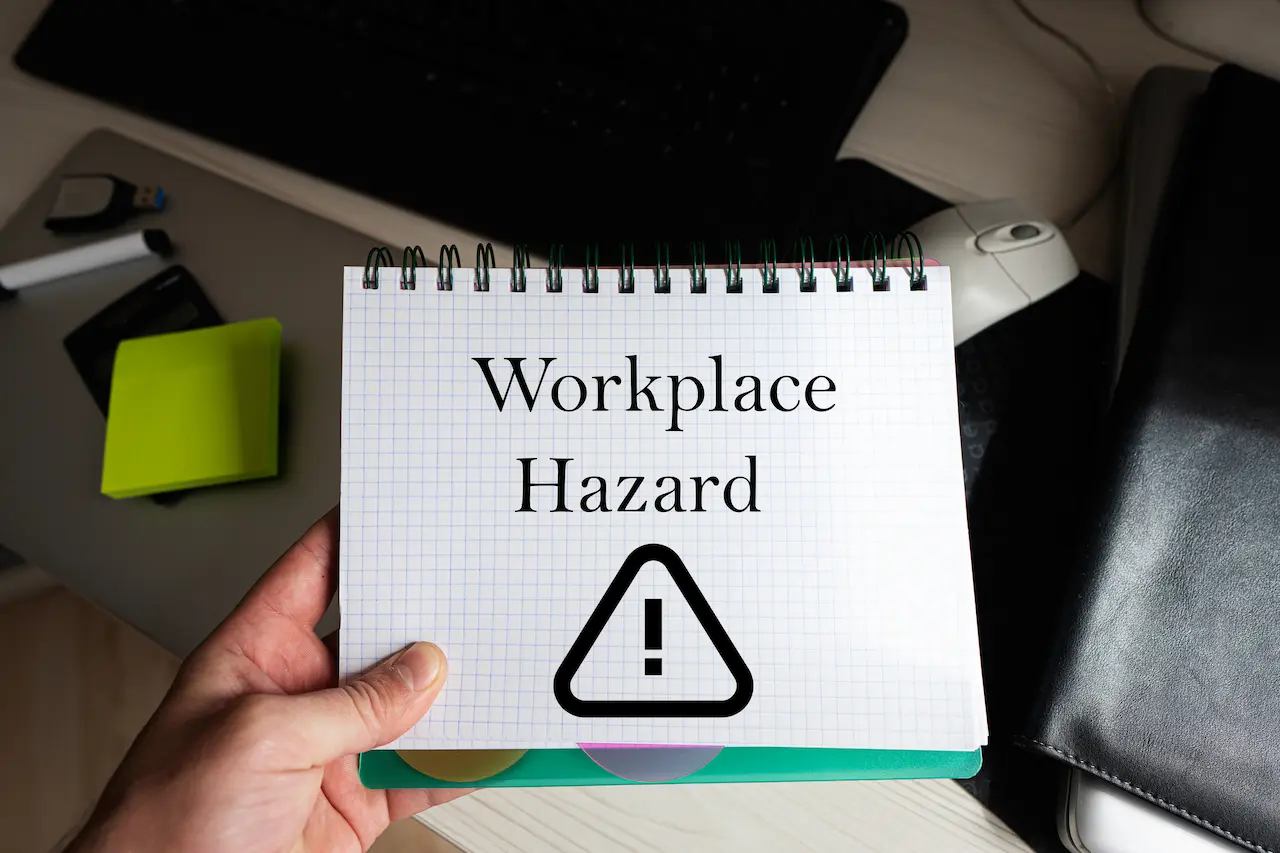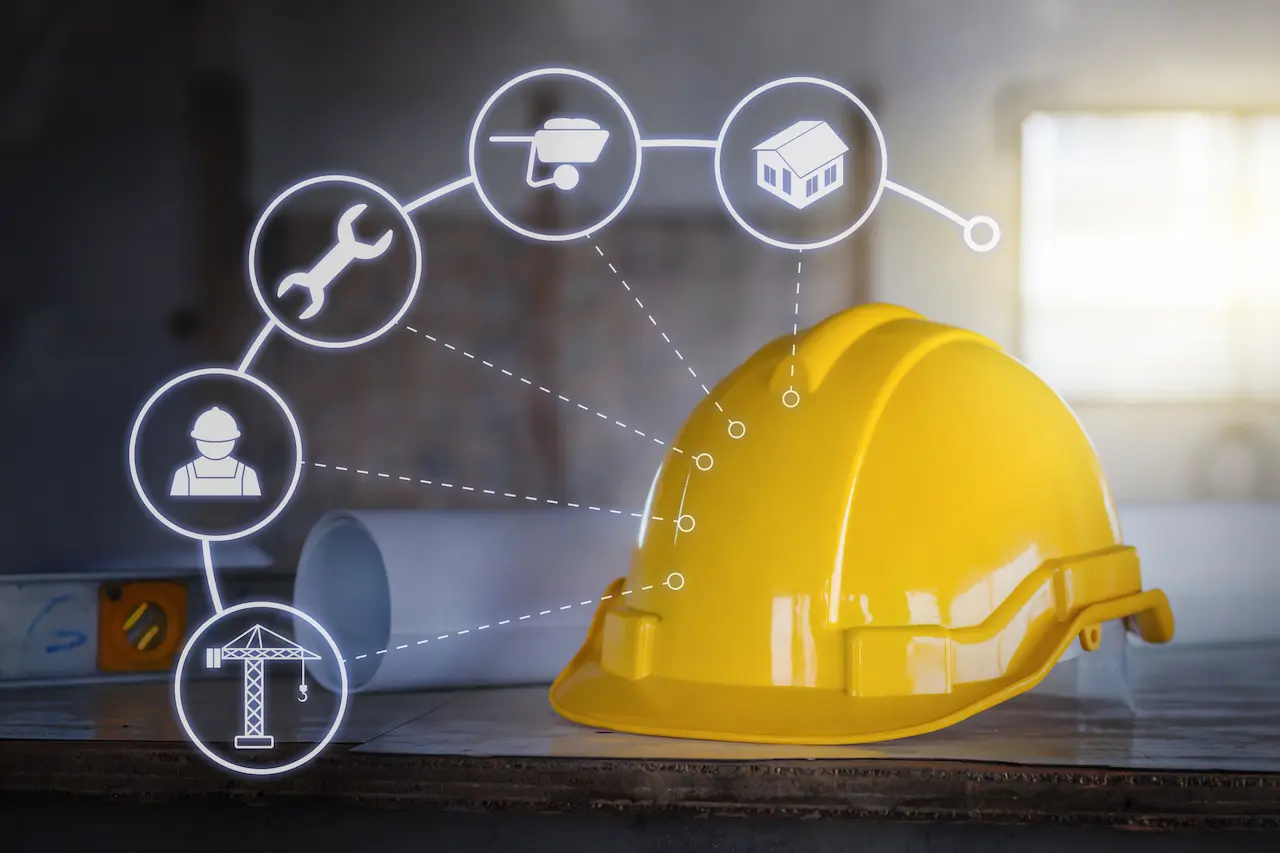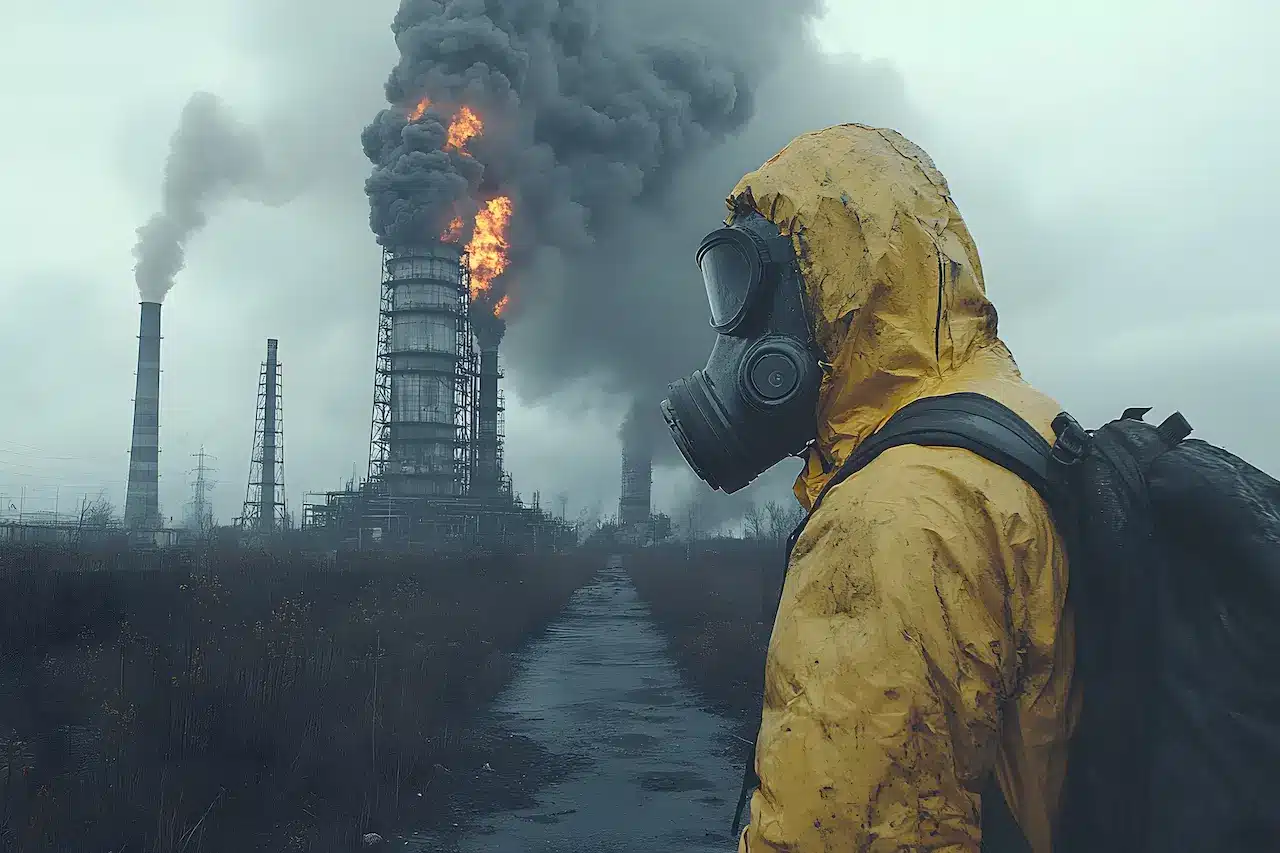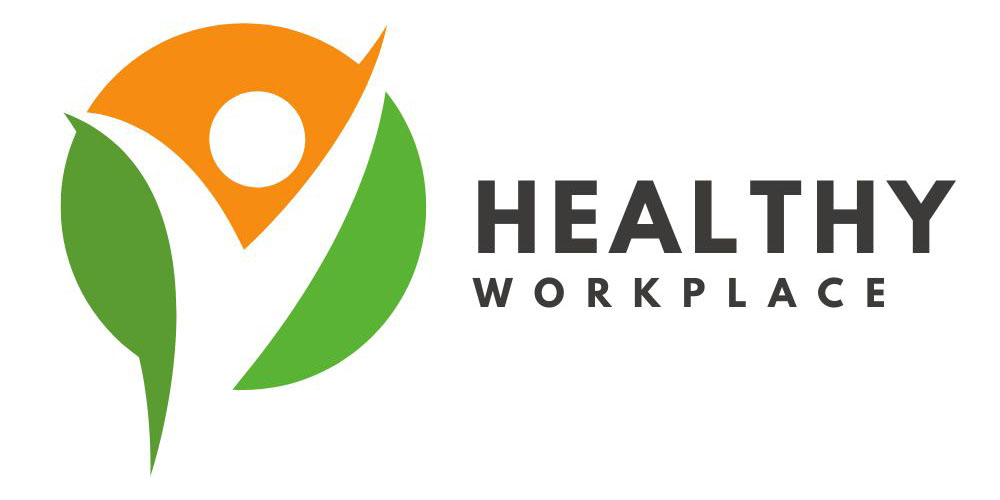Workplace Hazards To Be Aware Of: 7 Types of Safety Hazards
Workplace hazards can be anything or anyone that could cause harm or damage in a work environment. Any activity or material that is likely to cause injury under certain conditions can be considered a workplace hazard. To prevent workplace accidents or fatalities, they should be eliminated immediately after they are identified.
Every workplace has safety hazards, but how can you tell which of them are the most dangerous? You will be better prepared if you identify hazards in your workplace. This will help prevent accidents, injuries and property damage.
A thorough assessment of the safety hazards of any type of environment or equipment is a crucial step to take in any safety protocol. Download our guide to hazard assessments before you begin. You can follow the steps to assess workplace safety hazards, and then print our blank worksheet.
It is vital to be thorough when assessing safety hazards and risks. After all, you cannot protect your employees from dangers you don’t know about or are not prepared for. Consider these six types of workplace hazards to avoid blind spots when implementing your safety procedures.

Are you aware of these 7 types of workplace safety hazards?
1. Safety hazards
The list of six types of workplace hazards includes safety hazards as the number one. These hazards affect employees who are directly involved in machinery or construction sites. Safety hazards are dangerous working conditions that may cause illness, injury, or death. According to the National Safety Council in 2016, 34 673 people in North America died from falls in 2016 at home or at work. Safety hazards are among the most common workplace dangers. Safety hazards may include issues in the kitchen so make sure you buy quality kitchen equipment in Sydney. Safety hazards include:
- Any item that could cause a spill or trip, such as cords on the floor or ice.
- Any elevated work area or ladder that could cause a fall, for example, working at height.
- Moving and unguarded machinery parts that a worker could accidentally touch.
- Electrical hazards such as frayed cords and missing ground pins
- Confined Spaces
2. Hazards Biological
Biohazards are any biological substance that could harm humans. Working with infectious plant material, animals or people can expose you to biological hazards. These workplaces include but are not restricted to schools, daycare centres, colleges, universities, hospitals and laboratories, emergency response teams, nursing homes or outdoor occupations.
What you might be exposed to as a biological hazard
- Blood and other bodily fluids
- Fungi/mold
- Bacteria, viruses
- Plants
- Insect bites
- Animal and bird droppings
3. Physical Hazards
Physical hazards are often the least apparent of all hazards at work. Physical hazards may not always be something you can touch or see. Workers are affected by physical hazards in hazardous working conditions and extreme weather conditions. Physical hazards can affect workers who have been exposed to the sun for an extended period of time. Physical hazards are any environmental factors that can cause harm to the body without touching it.
The following are examples of physical hazards:
- Radiation, including microwaves and radio waves (EMF, etc.). Materials
- High exposure to ultraviolet rays/sunlight
- Gases Under Pressure
- Extreme temperatures – Hot and cold
- Constant loud noise

4. Ergonomic Hazards
When the work you do, your body position, or working conditions cause strain to your body, ergonomic safety hazards can occur. These hazards are difficult to detect because you may not immediately feel the strain or harm they cause. The short-term effects of exposure to these hazards may be “sore muscle” the day after or the following days, but prolonged exposure can lead to serious long-term problems.
Included in ergonomic hazards are:
- Chairs and workstations that are not properly adjusted
- Frequent Lifting
- Poor posture
- Awkward movements are especially awkward if they repeat.
- It is not good to have to use too much pressure, especially if it’s done frequently
- Vibrations excessive
5. Chemical Hazards
When a worker is exposed in any form to a chemical substance or gas), there are potential hazards. Chemicals come in different forms, some safer than others. However, for workers with a greater sensitivity to chemicals, common solutions may cause skin irritation or respiratory problems.
The following are examples of chemical hazards:
- Cleaning products, paints and acids are liquids that should be avoided, especially if they’re in an unlabeled can.
- Vapors or fumes from welding, exposure to solvents
- Gases like acetylene, propane, carbon monoxide, helium, h2s gas
- Hazardous products, flammable substances, such as gasoline, solvents and explosive chemicals
- Pesticides
6. Work Organization Hazards
Safety hazards, or stressors which cause stress (short-term effects) and strains (long-term consequences). They are associated with issues at work such as lack of control, disrespect, and/or workload.
Examples include:
- Workload demands
- Workplace violence
- High intensity or pace
- Respect (or the lack thereof)
- Flexibility
- You can control or say things
- Support or relationships with others.
- Sexual harassment

7. Environmental Hazards
Last but not least is the environmental hazards, which are always changing and are accompanied by increasingly extreme and unpredictable weather. They are mostly beyond our control. The good news is, weather hazards and challenges are predictable due to the changing seasons and meteorology.
Examples include:
- Extreme temperatures
- Extreme precipitation (rain, snow)
- Dangerous noise levels
- Dangerous radiation levels
- Pollution (air & chemical)
- Unstable infrastructure
- Hazards Biological
- Public violence
- Dangerous animals
What is a Hazard?
According to the Canadian Centre for Occupational Health and Safety, a hazard is “anything that can cause harm, damage or adverse health effects to something or someone. This includes the potential for harm to people, such as health effects or property or equipment loss, and to organizations.
As you will read, employers are responsible for identifying their unique hazards.
Hazards, risks and hazards
What’s the difference?
What are hazards, exactly? Hazards are any sources of harm or damage that could be caused to something or someone. According to the CCOHS, risk is “the chance or probability of a person being injured or experiencing an adverse health impact if they are exposed to a hazardous substance.”
What is a risk? A risk is a “probability of getting sick or injured. Hazard refers to what caused it.”
How do we categorize hazards?
No matter where you work, or what industry you’re in, workplace hazards are categorized into seven categories, which makes it easier to minimize and stay organized.
We will help you identify and minimize any hazards that your team faces.
Benefits
Employers have a responsibility to educate and train employees on workplace hazards. Not only for the employees but also for clients, it is important to maintain a healthy and safe environment. Early detection of potential hazards and the implementation of safety practices can help businesses achieve their goals. This would help:
- Preventing work-related illnesses and injuries;
- Improve compliance with laws and regulations
- Reduce costly repairs and unexpected damage;
- Improve employee engagement, productivity and efficiency
- Boost your business’s overall performance.
